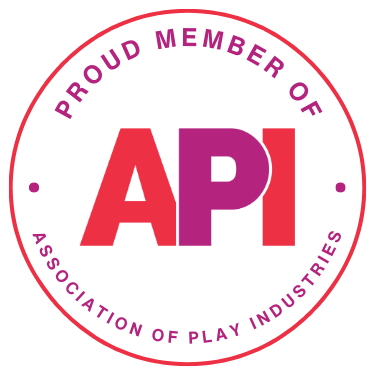Artificial Grass Maintenance - 5 Common Mistakes to Avoid
It’s all too easy to become confused by what you can and can’t do for artificial grass maintenance. Unfortunately, there are a few things you might not even think twice about doing. And this could result in damaging or needing to replace parts of your artificial turf.
Luckily, we here at PlaySmart have had 20 years’ experience in the industry. We’ve seen everything that could potentially go wrong. So you’re in good hands with us! Read on to find out how to keep your lawn in tip-top condition for years to come.
1: Don’t Smoke or BBQ on Your Grass
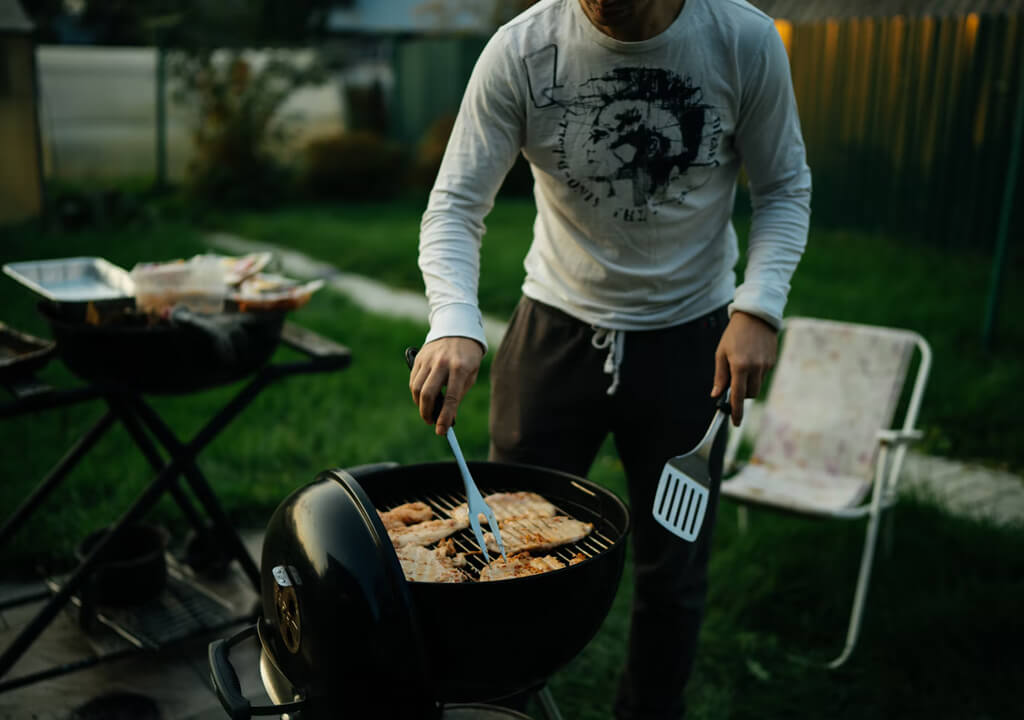
The good news is that most artificial grasses are flame-retardant, and won’t catch fire if a flammable source falls onto it. However, that’s not to say that this won’t damage the grass.
If a cigarette, or a piece of ash off of the end, falls onto the grass, it won’t start a fire if your grass is fire-proof. However, the heat from the cigarette or ash will melt the plastic fibres of the grass. Repairs are possible, but this might leave a visible mark, and cannot always fully repair the grass.
Similarly, BBQs pose a threat to your grass. The coal used on BBQs stays hot for hours after use, and breezes can easily sweep ash through the air, landing on the grass and burning it. Whilst less likely, there is also the potential for the BBQ itself to be knocked over, and this can cause larger-scale damage to the grass.
To avoid any danger of this damage, simply keep cigarettes and BBQs away from your grass.
2: Don’t Drive or Park on Your Grass
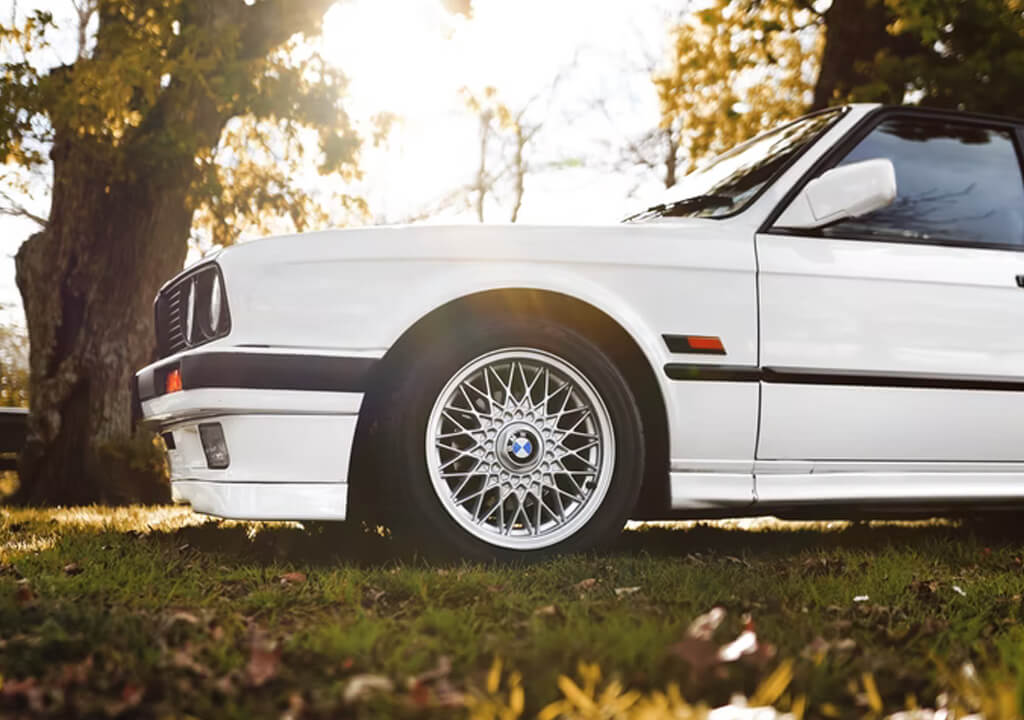
The aesthetic appeal of a bright green, neatly manicured lawn might attract people into thinking that artificial grass will make for a visually pleasing driveway. However, whilst the surfacing certainly has aesthetic appeal, artificial turf will sadly not hold up if used as a driveway.
Unfortunately, the weight of a vehicle is far too heavy for synthetic grass to withstand. The spinning of the tyres will rip the grass apart from its edges. Additionally, there can often be oil on car wheels, and this can drip onto the grass, which is difficult to remove during maintenance. Artificial turf should be kept for recreational areas, and is unsuitable for parking or driveways.
3: Don’t Use Sharp Objects on Your Grass
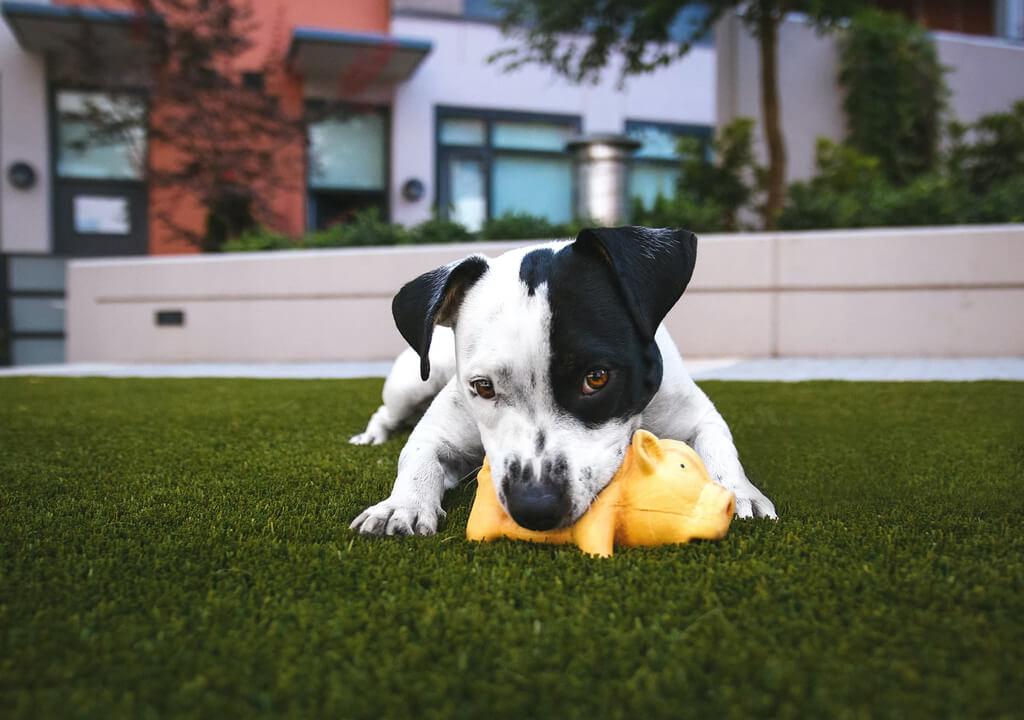
Another important thing to be aware of is the potential for sharp objects to cause damage to your grass, and there is a lot of room for this to happen in gardens and recreational areas.
Traditional garden and patio furniture makes a nice addition to outdoor spaces, but they can be designed with spiked or sharp feet, that will tear through the grass and cause damage. However, if buying furniture with more suitable edges isn’t an option, you can also lay down a fabric or plastic covering to create a barrier between the grass and sharp edges.
Garden tools are also a potential source of damage. When gardening, you should make sure to set down tools gently on your turf, and ensure any sharp edges are pointed upwards and away from the grass rather than pressing down into it.
Another factor to consider is pets. For example, dogs love to run and dig, and their claws have the potential to damage the grass. The good news is that there are plenty of pet-friendly options out there on the market that have odour control and reinforced durability, made especially for animals.
4: Don’t Get Chemical Products on Your Grass
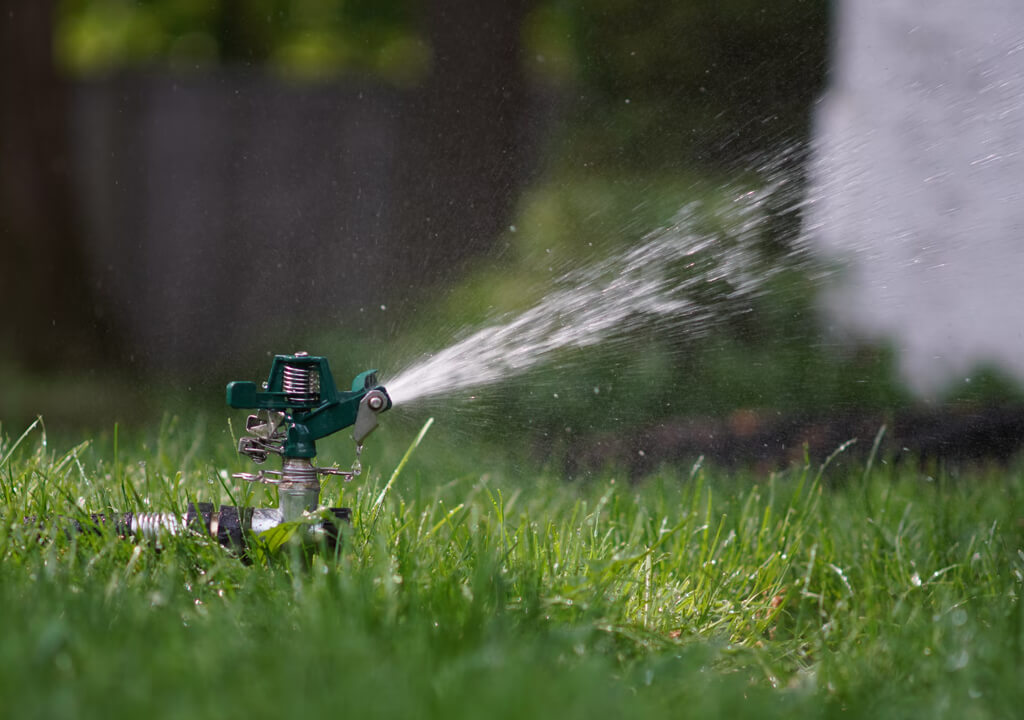
We all know that a huge benefit of artificial grass is that it doesn’t require any traditional lawn care products. However, some people may choose to have one section of their garden covered with artificial grass and the other section remaining natural, in which case there may still be bushes, flowers, hedges, allotments and so on that still require maintenance. However, the chemicals in the products used to maintain your natural garden can pose a risk of harm to your artificial turf, as it may be caustic.
You should avoid your artificial grass maintenance and lawn care products having any contact with your synthetic grass, but in the event that they come into contact, maintain the surface by moving any traces as quickly as possible with a mild cleaning product and a damp cloth.
5: Don’t Cut Corners on Installation
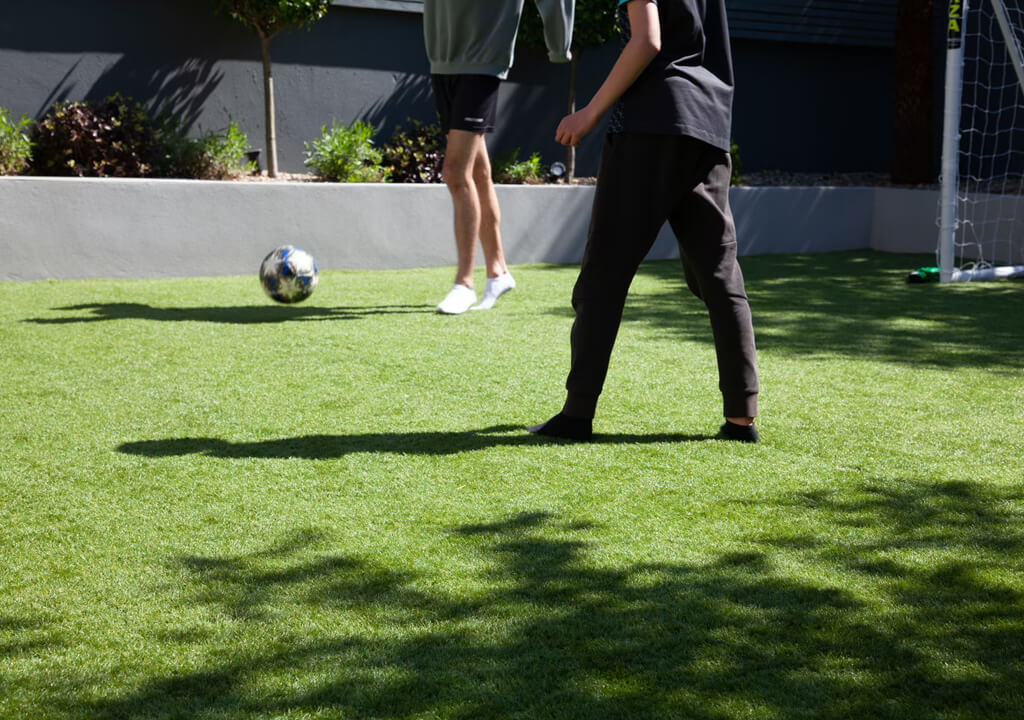
If you’re buying your artificial turf from a reputable supplier with an installation process as part of the sales process, you can usually trust that you’re getting a reliable and professional service (but we always recommend you to do your own research into the company you’re using too). Skimping on installation means that proper procedures aren’t followed, such as:
- Ensuring the artificial grass has good drainage, to avoid flooding
- Providing the wrong type of grass for its environment
- Not installing on an appropriate surface, so the grass could sink or decrease rapidly in quality
Instead, by choosing a supplier with trusted reviews, quality materials and experienced installers, this ensures you won’t have to spend money fixing costly repairs very soon in your grasses lifespan.
We hope this article has given you some ideas of what to look for when it comes to artificial grass maintenance. Keep your artificial grass beautiful and healthy for many years with our top tips. Synthetic lawns are a big investment, and you should be able to enjoy your turf for years to come with the help of an experienced and reputable surfacing company.


